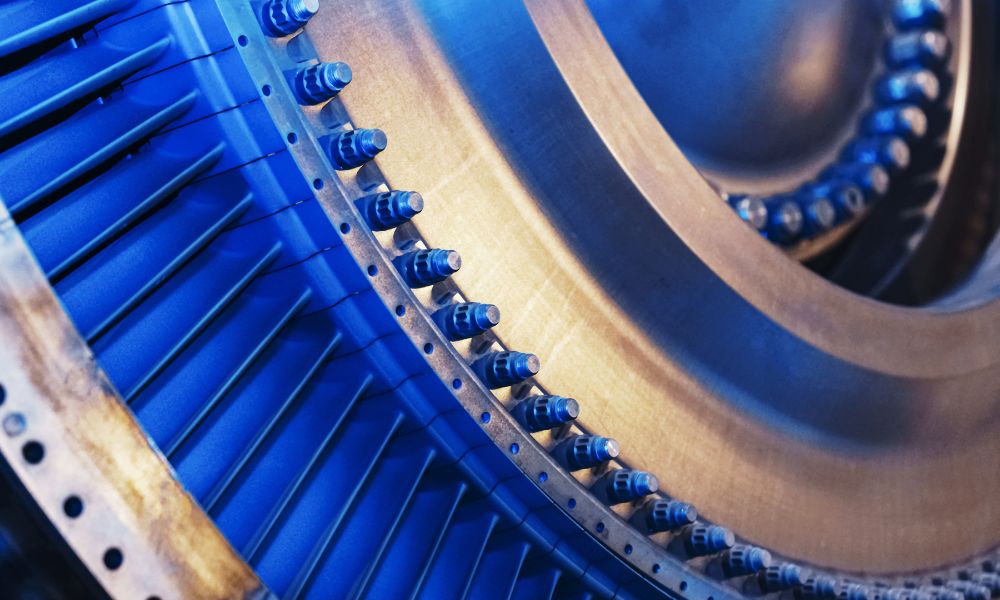Complete control over the gas turbines in your facility is important. You want to know everything, from the exact amount of electricity they’re generating to the RPM of the gas turbine blades. We can help you by providing useful information on the different methods of controlling gas turbine speed.
What Is a Gas Turbine?
A gas turbine, or a combustion turbine, was invented in the 1800s and has been improved upon and perfected for the modern era. Now, several types of turbines exist, each with a unique application. These include jet engines, aeroderivative turbines, radial gas turbines, turboshaft engines, and industrial gas turbines for both mechanical drives and power generation.
How Gas Turbines Work
The first step in a gas turbine’s electricity production is the ignition of an air-fuel mixture. It creates hot gas that spins the turbine’s blades, causing a drive shaft to rotate in the turbine. The rotation powers a generator, and a generator magnet makes electrons move, creating electricity.
This process also produces energy in the form of exhaust gases. In some cases, those gases can be repurposed, like the exhaust gases creating thrust for a turbojet.
Gas Turbine Control System
The good news is controlling a gas turbine is relatively simple, despite all the complexity surrounding gas turbines. There are few methods of controlling gas turbine speed—it all comes down to a gas turbine control system. This system acts as the brain of the gas turbine. The electricity comes from the spinning turbine, and the only way to manage the device’s speed is with a gas turbine control system.
Now that you know the methods of controlling gas turbine speed, remember that a gas turbine control system is essential when working with gas turbines. If you want full control of your facilities, you’ll need to invest in a gas turbine control system.

